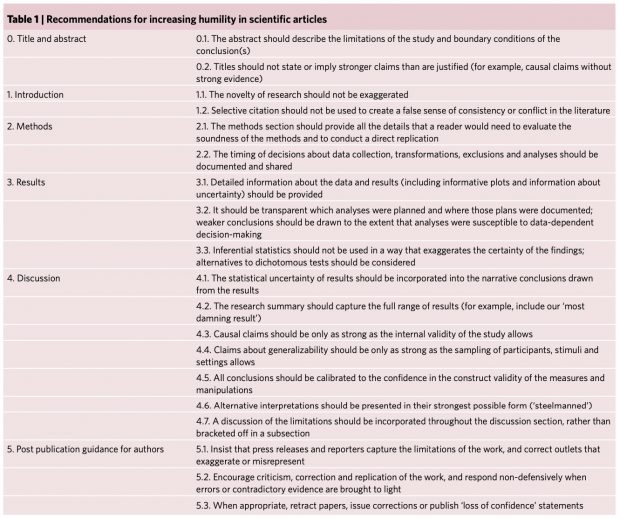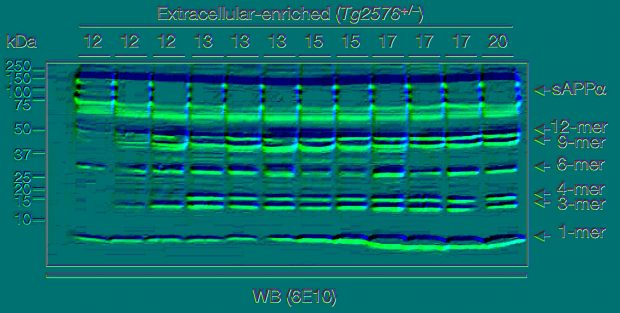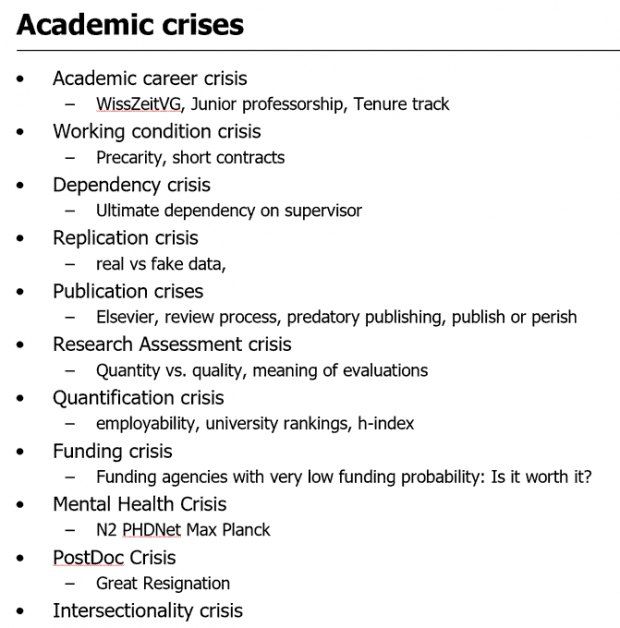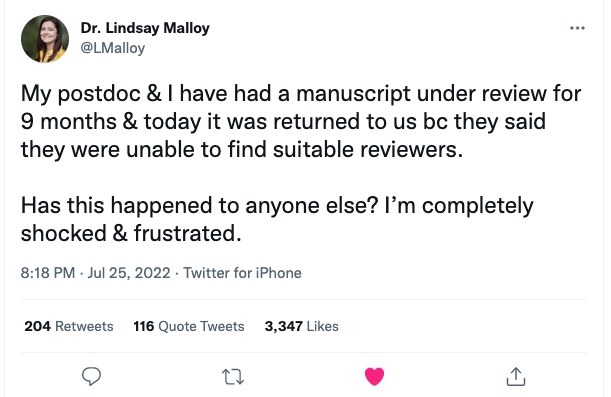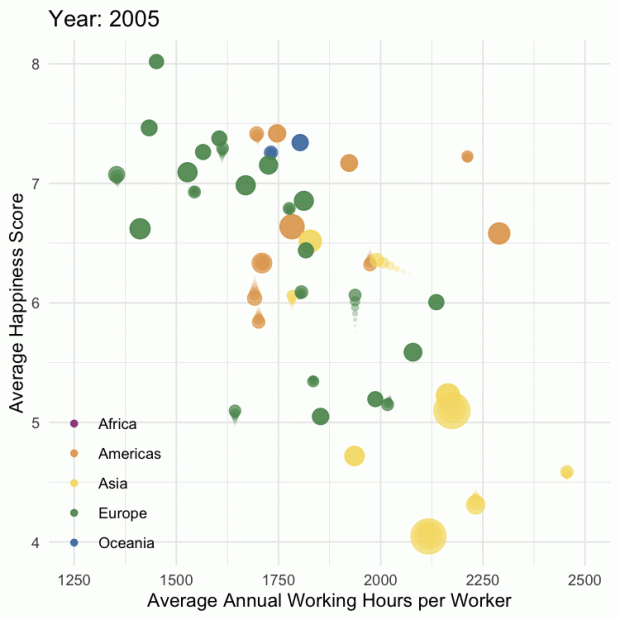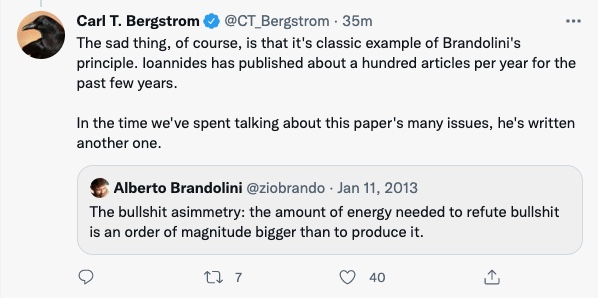Mittelman on the “The World-Class University and Repurposing Higher Education” 2018:
… the central academic purposes of the university are imperiled. While not universally adopted, they began to take root in the nineteenth century, developed gradually in the nineteenth and twentieth, and encounter novel tensions in the twenty-first. In this century, the triad of core educational missions in nonauthoritarian societies—cultivating democratic citizenship, fostering critical thinking, and protecting academic freedom — is losing footing. A new form of utilitarianism is gaining ground. It prioritizes useful knowledge and problem-solving skills at the expense of basic inquiry…
A few pages later Mittelman notices that universities
… have become preoccupied with strategic planning, benchmarking, branding, visibility, rankings, productivity indices, quality assurance systems, students as customers, and measurable outcomes. Before the 1980s, members of the higher education community rarely expressed themselves in these terms.
And it is true – we have been struggling even after 1980 with the mysteries of nature, by designing experiments and studies, trying to make new discoveries and teaching them to our students.
Fast rewind to the “idea of a university” and the “cultivated intellect” by John Henry Newman (p15) and the usefulness of useless knowledge of Abraham Flexner. In the last century clearly a need for unanticipated outcome was felt while today basically every research program starts with a lengthy introduction that this is the most important research because disease D is so frequent or technology T is so important for the environment. Mittelman quotes Daniel Zajfman, 10th president of Israel’s Weizmann Institute, when talking about university rankings
When we look at the values of knowledge for the sake of knowledge, we realise 100 years later what we can do with this. If you look at the history of science, you will find that most of the discoveries were never made by trying to solve a problem, rather by trying to understand how nature works, so our focus is on understanding.
